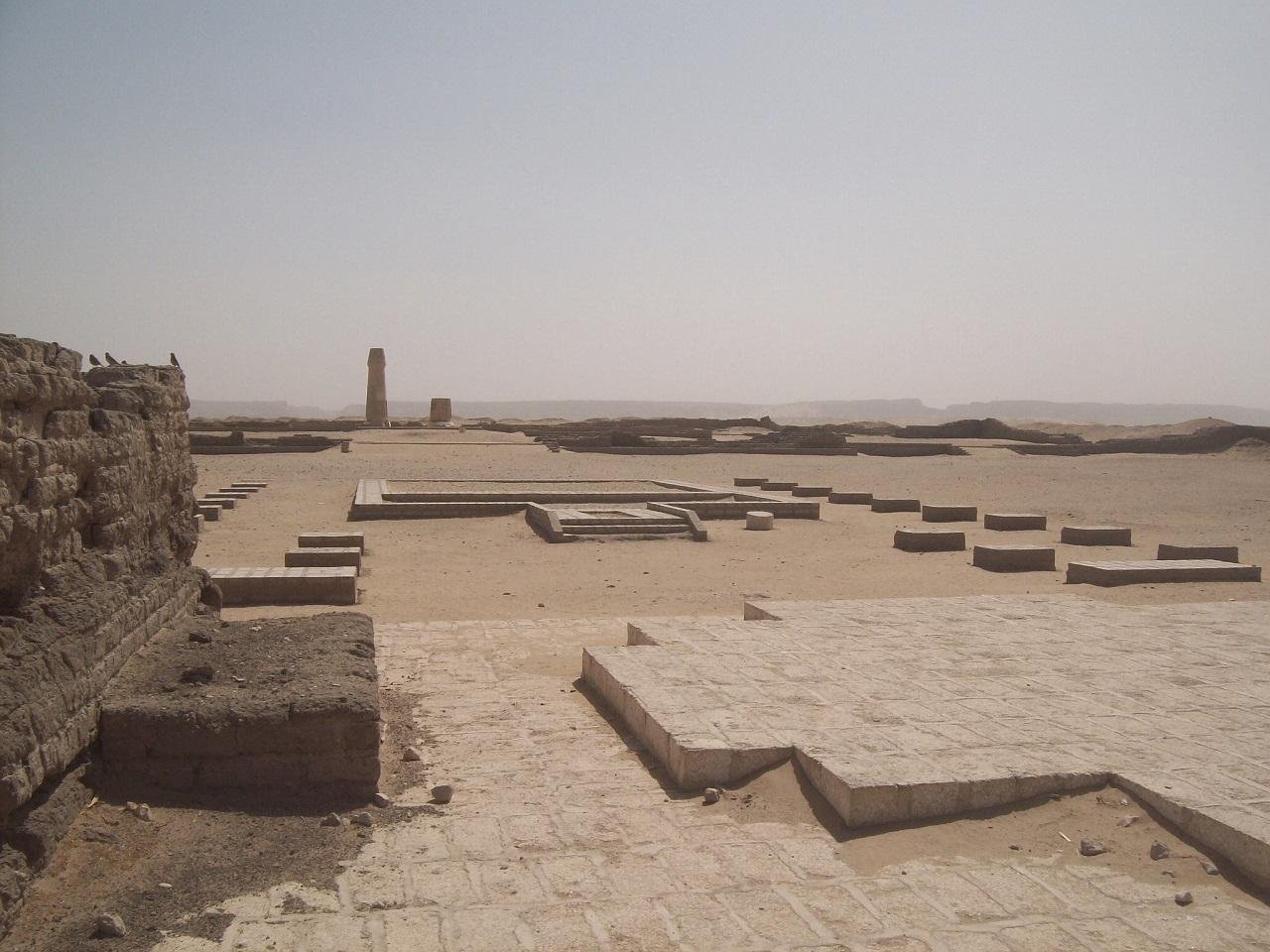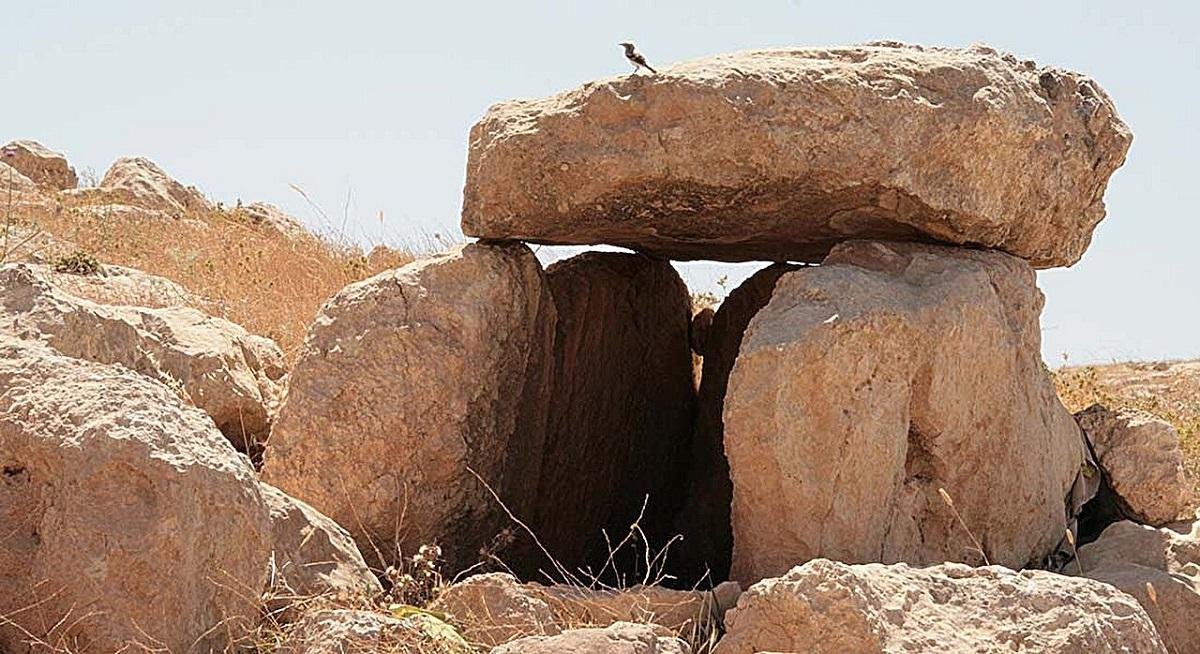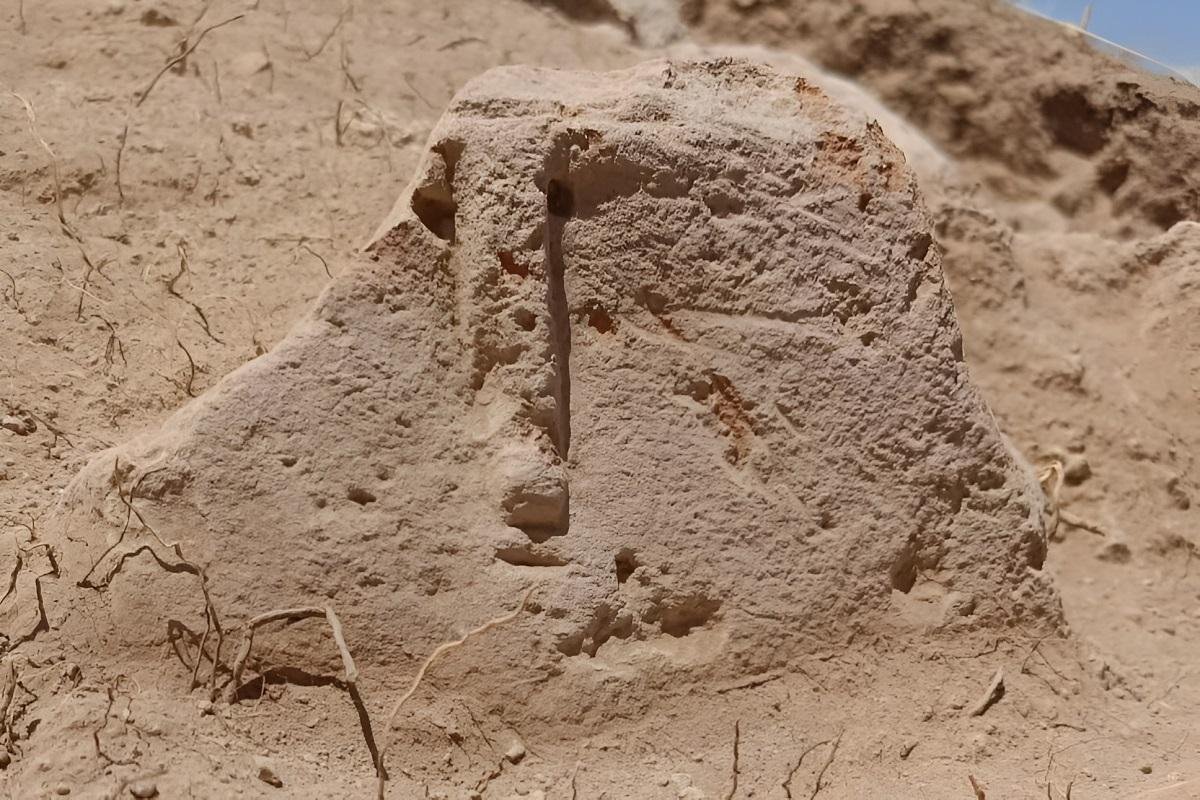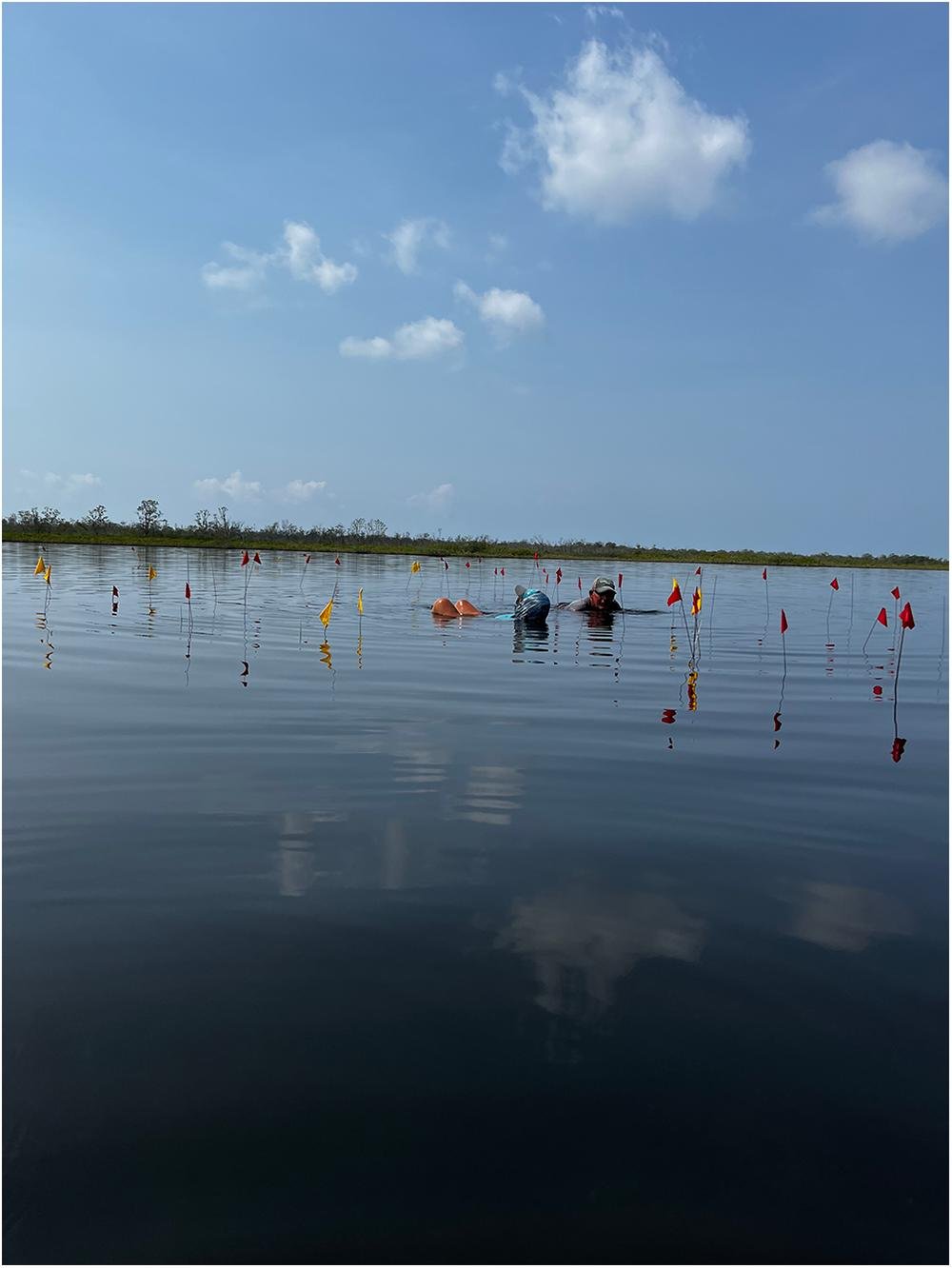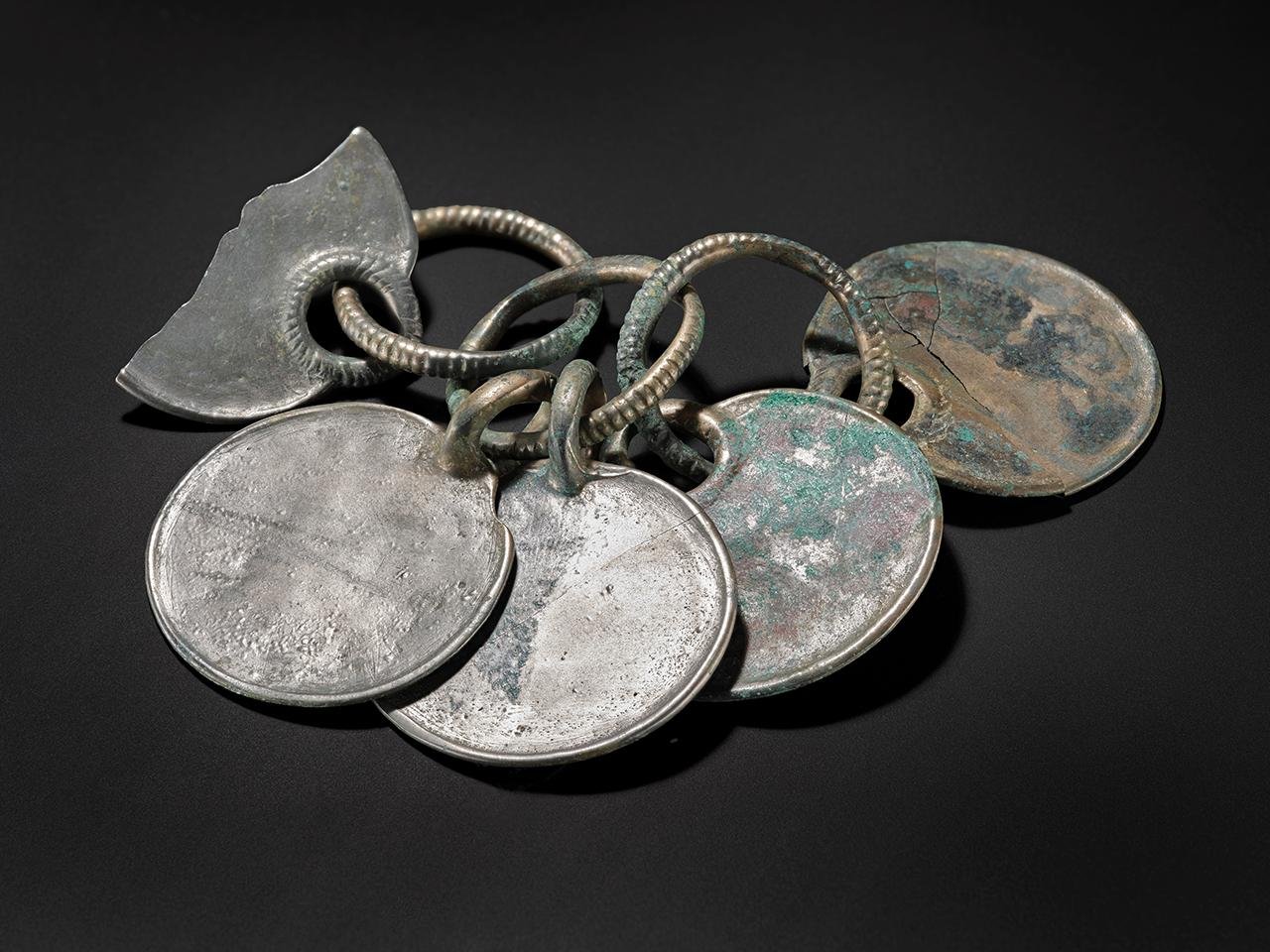Archaeologists from the Bavarian State Office for Monument Preservation (BLfD) have uncovered the remains of a monumental circular stone structure close to the village of Wolkertshofen, near Nᴀssenfels in Upper Bavaria. The discovery was made during construction work for a stormwater retention basin in autumn of 2024 and is believed to represent the foundation of a Roman burial mound, or tumulus, dating to the Imperial period.
 Stone circle of Wolkertshofen, top view. Credit: Archäologiebüro Dr. Woidich GmbH
Stone circle of Wolkertshofen, top view. Credit: Archäologiebüro Dr. Woidich GmbH
The carefully built stone circle is about twelve meters in diameter, with an attached square base on its southern side measuring two by two meters. Experts suggest that the annex likely supported a stele or statue, which formed the central point of the monument. Although no human remains or funerary goods were discovered, the structure is interpreted as a cenotaph—a symbolic grave for one buried elsewhere—by archaeologists.
“The discovery of a funerary monument of such scale here was unexpected,” said Prof. Mathias Pfeil, General Conservator at the BLfD. “Located along an important Roman road, it was a memorial and also a visible expression of social prestige.”
The tumulus stands along a Roman road that once led from Nᴀssenfels into the valley of the Altmühl, one of the most important routes in the Raetian province, which covered parts of modern southern Germany, Switzerland, and Tyrol. Not far away is a villa rustica, a rural estate that likely belonged to a wealthy landowner. The proximity of these places suggests that the tumulus may have been raised to commemorate a member of the local elite.
 Square annex measuring two by two meters. Credit: Archäologiebüro Dr. Woidich GmbH
Square annex measuring two by two meters. Credit: Archäologiebüro Dr. Woidich GmbH
Excavations also revealed evidence of prehistoric occupation in the area, including pottery fragments and remains of Neolithic, Bronze, and Iron Age settlements. This long history of occupation illustrates how the landscape continued to be used for ritual and domestic purposes over thousands of years.
Burial mounds were an enduring Roman tradition, blending Mediterranean influences with older Central European customs. They appeared in the northwestern provinces from the first century CE. Some newly built tumuli coexisted with the reuse of prehistoric mounds, perhaps as a deliberate link to pre-Roman or Celtic traditions. Such stone tumuli of this size are extremely rare in Raetia, and the Wolkertshofen discovery is therefore particularly significant for understanding local funerary practices.
 The stone circle was uncovered in the northeast of the village of Wolkertshofen. Credit: Archäologiebüro Dr. Woidich GmbH
The stone circle was uncovered in the northeast of the village of Wolkertshofen. Credit: Archäologiebüro Dr. Woidich GmbH
The absence of bones and grave offerings indicates it is a symbolic tomb rather than a physical burial. Constructing such cenotaphs for those who died far from home allowed family members to perform commemorative rituals in their memory. The precise craftsmanship of the structure and its location along a Roman road both suggest technical skill as well as the social ambitions of the builders.
Archaeologists will now analyze soil samples and construction materials to determine the age of the monument and any possible phases of use. Despite its simplicity, the stone circle offers rare evidence of how Roman-age communities in Bavaria expressed idenтιтy, status, and memory through monumental construction.
More information: Bavarian State Office for Monument Preservation
